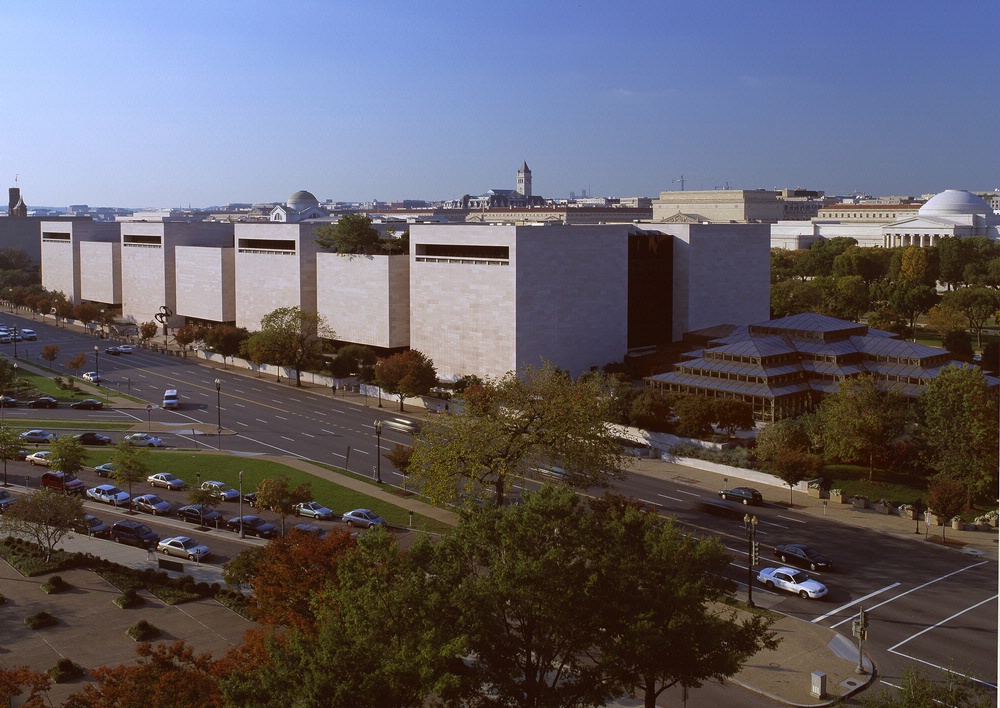Debris Salvage and Recycling
In the era of commercial spaceflight, we are facing new challenges. One big challenge is to clean up the clutter from all kinds of derelict objects left in orbit in the past 50 years. Another big challenge is to deploy the new infrastructure in space to support ambitious plans of space development and commercialization. On the one hand, we have thousands of tons of scrap metal
orbiting the Earth; on the other hand, we need to launch thousands of tons of parts and equipment to build space hotels and habitats, fuel depots and space manufacturing and servicing facilities. There may be an integrated solution to both these problems. It is made possible by electrodynamic propulsion.

- The Flow of the Debris Salvage and Recycling Process
Large debris objects can be captured and transported by electrodynamic tugs to one or more processing facilities in orbit, where they will be used as a source of raw materials for space manufacturing. The products will then be delivered to the customers elsewhere in LEO at prices dramatically lower than typical launch costs. Several goals will be reached at the same time: wholesale debris removal without the danger to the ground from many reentering large objects, build-up of the commercial space manufacturing capacity, relief of the need to launch heavy structural components, and opening of new commercial opportunities in space. As the market develops, debris removal could essentially pay for itself, and the whole process could pave the way to the creation of advanced infrastructure in space.
To make economic sense, this market would need propellantless propulsion. We can get an early start with electrodynamic tugs. Other propellantless spacecraft can enter this market with time.


- National Air and Space Museum in Washington, D.C. and Hubble (Source: NASM)
The undeveloped mine
orbiting right above our heads in LEO contains approximately 1000 tons of mostly aluminum in old upper stages alone. It is enough to build an orbital structure pressurized to 3 psi up to the volume of the National Air and Space Museum in Washington, D.C. (left photo). To imagine servicing or assembling spacecraft inside this facility, look at the Hubble replica on display inside the Museum (right photo).
 Electrodynamic Technologies
Electrodynamic Technologies